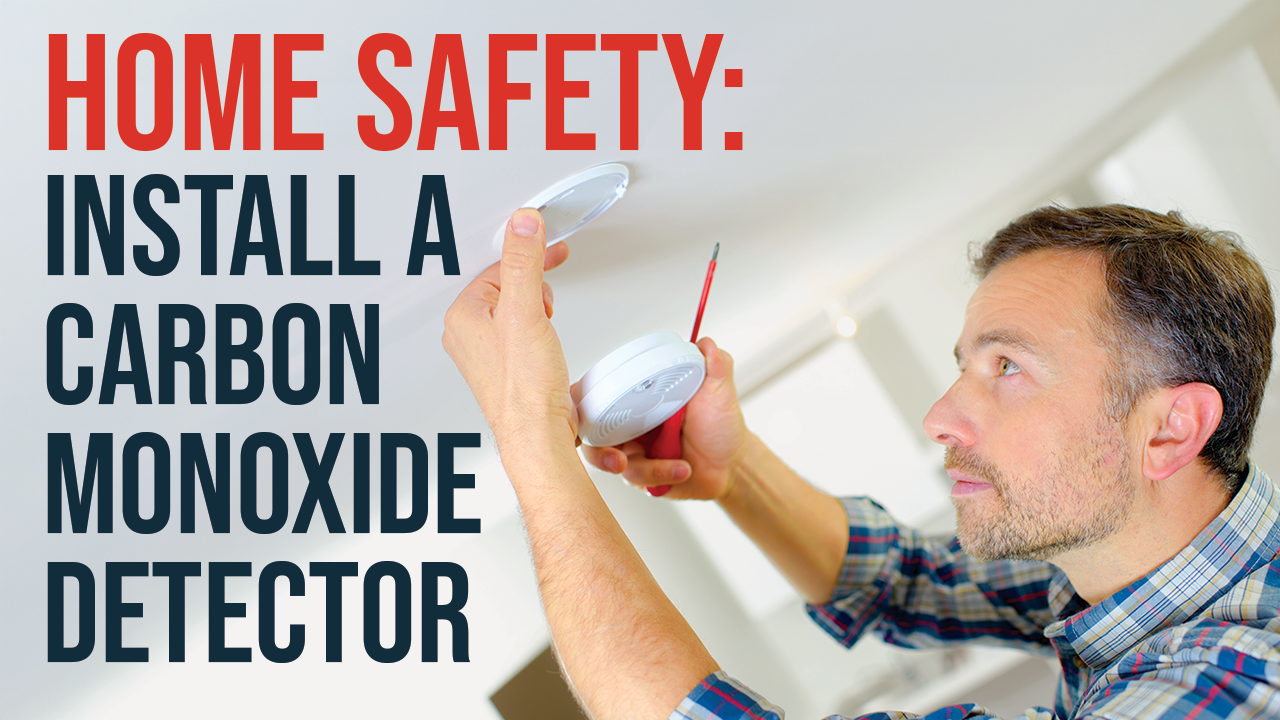Updated January 22, 2024
Considering most gas vehicles can use the same primary fuel from any gas station, you might wonder if a similar idea applies to electric cars. However, there’s a short answer to Tesla vehicles: no. Only some non-Tesla electric cars can use Tesla’s superchargers by adding a specially-made adapter to charge. Tesla car owners have access to more than 1600 supercharger charging stations in the US. For Tesla owners, topping up their cars has been convenient, seamless, and fast because the charger is well-designed for Tesla cars.
On the other hand, non-Tesla EV car owners also rely on Tesla superchargers to charge their vehicles. Tesla announced it will open 7,500 more superchargers to the public by the end of 2024. Should we wait for Tesla superchargers to recharge our electric cars?
Automotive engineers from Consumer Reports tried two of the chargers with different cars. They used Mercedes-Benz, Lucid, and Kia electric vehicles. Here is what they experienced.
Charging Non-Tesla Cars With Tesla Superchargers is Expensive
Depending on the Tesla car model, owners pay between $10.95 to $18.14 to charge their cars. According to the Consumer Review report, charging a non-Tesla vehicle with a Tesla supercharger is the most expensive car charging option.
In most EV charging stations, you’ll pay between $0.48 and $0.55/kWh if you drive a non-Tesla car and are not subscribed. Many supercharger stations charge $0.49/kWh, which is more expensive than Electrify America, which charges $0.48/kWh. To use the Tesla supercharger, you must download the Tesla app. The app is designed for Android or iOS, requiring users to create a profile and add a payment method.
After adding the payment method, users must pay $12.99 for a monthly membership subscription. With this subscription, the charges can be reduced to $0.39kwh. However, idle fees are charged if you leave the vehicle at the charger after it is complete, which is $1 per minute.
A report shows that by 2030, electric cars will make up around 40% of the automotive market. Tesla cars take about 40 minutes to charge. However, non-Tesla cars take more than an hour to charge fully. So, once electric vehicles increase on the roads, there will be much traffic at the recharging stations as each driver waits for their turn. This may cause charging prices to rise as the demand increases.
TeTesla’sagic Dock IsIsn’tvailable in All Public Charging Stations
Tesla has a built-in adapter called the Magic Dock, which is connected to the supercharger and fits non-Tesla charging ports. Unfortunately, not all Public charging stations have the Magic Docks. So, as a non-Tesla car owner, you must use the Tesla app to locate the nearest station with Magic Docks.
According to one report, you may have to drive over 150 miles to get the adapter, which doesn’t consider the potential to wait for others to finish charging. Considering each car can take over one hour for a full charge, you may have to wait for several hours to get a chance to recharge your vehicle.
Many Americans hope Tesla will improve the newly renovated 1,700 public charging stations. Unfortunately, though, there were no significant improvements in the charging adapters and parking slots as part of Tesla’s expansion. So, even as we wait for the launch of the 7500 Tesla stations at the end of 2024, many non-Tesla car owners fear the company will make many improvements that prioritize their customers.
Non-Standardized Placement of Charge Ports in Different EVs Causes Trouble
Tesla cars have charging ports at the rear right side, where the company’s charging stations are designed to reach. Many other car models have faced many problems charging their cars because sometimes the charger adapter, an extension of the standard Tesla charger, does not fit in the port.
One of the cars that owners have faced challenges with is the Nissan Leaf. The Nissan Leaf’s charging port is at the front, with a port on the hood above the Nissan logo, while Tesla’s is at the rear. Because Tesla’s charging stations are designed differently, Nissan Leaf drivers have found it difficult to charge their vehicles. Some of the drivers on a testing mission tried to park the car facing the charger as opposed to how Teslas are parked to make it possible to connect the charger. However, that did solve the issue; unfortunately, the adapter cannot fit in the port.
A Nissan Leaf uses a charger that allows for CHAdeMO charging. Other stations support this charging method but are less common than Tesla. Examples are ChargePoint, Electrify America, and EVGo. The biggest challenge is finding stations that accommodate CHAdeMO using a particular app.
Kia is the car model that at least shares the charging port location with the Tesla. It is located on the rear right side. As such, Kia owners would be lucky to use these chargers, but the charger would not fit in the port. If that is not enough, charging with the adapter is considered slower.
Mercedes EQs are incompatible with the Tesla charger because their charging ports are on the side. This means you can take up to two or three parking spaces at the supercharger station to charge the car. The automotive engineers from Consumer Reports had to park the car across, which could result in getting fined.
The Chevrolet Bolt EVs also suffer the same problem as other non-Tesla cars. The car has a charging port at the front part after the driver’s door. This makes charging as complex as the Mercedes EQ because you must park it across.
Non-Tesla Cars Are Claimed to Charge at a Slower Rate
Apart from the long process of connecting the charger through Tesla app instructions, the charter is believed to charge non-Tesla cars slowly. When Consumer Report engineers tested the three car models, they seemed to charge the vehicles more slowly than a fast supercharger should recharge the EV batteries.
Many car owners have complained about the complicated process of connecting the charger with the adapter. Although adapters are already fitted in the cord and the power charging uses DC, connecting the charger is a multi-step process:
The first step is to select the “C”arge Non-Tesla” section on the app. The second step is to grant permission to access the app location by entering the address near your charging location. Finally, you must locate the charging station by selecting the “C” arrow here “option.
Once you get into the parking, you must follow the app instructions to connect the charger, and later, you need to pay for the charging. Many car owners are uncomfortable with the step, considering the charger is slow on non-Tesla cars, and the charges are higher than the Teslas’.’Install a Home EV Charger
If you own an electric car, a charging station at home will be the ultimate convenience, allowing you to avoid the high charging costs and queueing times at the recharging station.
Let experts install your home charging station for your EV. At Golden Rule, we have countless charging stations for homeowners. Along with plumbing services, HVAC maintenance, and more, we’re here to help with almost anything your home needs. Contact us at Golden Rule today!
Contact Us Today for Electrical Service!
If you found this post helpful, check out some other budget-saving tips:


The holiday season is here, and with it comes the excitement of twinkling lights, cozy nights, and festive decorations. However, amidst all the cheer, it’s important to... Read More

The holiday season is a time of joy, celebration, and, of course, twinkling lights and festive decorations. However, amidst all the excitement, it’s easy to overlook the... Read More

If you’re a DIY homeowner who loves tackling home improvement projects, you’ve probably considered upgrading your smoke detectors before. And maybe you’ve been thinking about a combo... Read More